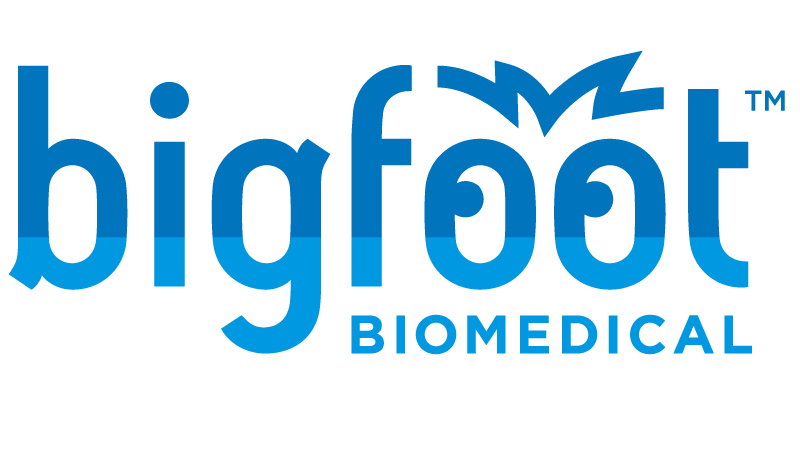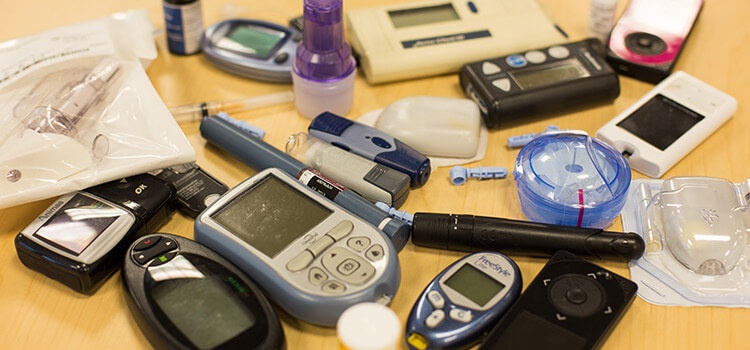Twenty-five years ago, the tech industry had a problem. Engineers and entrepreneurs were developing exciting new ways to connect individuals to the larger world, but going online was still a clunky, frustrating experience for users.
Compared to those days, the industry has luxury problems now. More than 3 billion people are online, spending so much time at the computer (especially the one in our pocket) that the latest cause for worry is Internet addiction.
How did we so quickly go from cumbersome and annoying to addictive?
One answer is that tech giants have collectively spent billions of dollars and untold hours studying the habits and tastes of their intended users. Companies like Amazon, Facebook and Google know us so well by now they can make informed recommendations about what we should be doing and what we should be buying.
These Internet giants have spent so much time collecting information on us, the users, that keeping us hooked is not a major challenge for them. The user interfaces they’ve built make it simple for us to make purchases, make plans, or make new friends with the click of a button.
This is a big accomplishment for the technology industry. But, as innovators, shouldn’t we now aim a lot higher than that?
Why Doesn’t Medical Tech ‘Know Us’ the Way Consumer Tech Does?
Nowadays, your refrigerator tells your smartphone to remind you to buy groceries. Your car tells you its tires are low before recommending a nearby gas station with a compressed air machine. As a consumer, you don’t have to do all the thinking anymore. Your interconnected gadgets help you stay on track.
But what if you’re trying to stay on track with a complex, daily medical regimen that can easily mean the difference between life and death?
If you’re one of the millions of people in this situation, you find that the devices you rely on are not designed to take any of the work off your plate. They don’t automate any of the prescription refilling, supply ordering, carbohydrate counting, dose-measuring and other work that can take hours out of the day for people with chronic conditions like insulin-requiring diabetes.
If your health condition involves the use of medical device systems, it will be you who will do all the work and complex calculations that your life may depend on. This is because most medical device companies don’t practice the same user-centered design that consumer tech companies do, often dedicating no more than a single user experience designer to finalize the work or farming out the bulk of the design work to a third party toward the end of the design process.
Medical device companies design their products with physicians in mind, which is why many devices have the look and feel of hospital equipment. It’s not uncommon at all for a medical device to be outfitted with knobs, levers, bells and whistles that the average patient does not even understand. These were designed to be adjusted by a skilled specialist. Since physicians are under pressure to shorten in-person medical consultations, providers nowadays have about 15 minutes to spend with the patient, and during that short window must be both a medical professional and a technologist.
This is why patients using medical devices often have a frustrating, complicated experience, and in many cases, grow weary of tools and treatments they feel do not actually relieve the burden of their disease management.
We should be able to do a lot better than this.
New Endpoints, Better Design Thinking
Consumer technology is taking on more of the logistics and the cognitive work involved with shopping, finding a movie to watch, making music playlists, or connecting with people online. This was enabled by user-centered design.
But this design principle can do much more than make shopping or socializing more convenient. It can alleviate suffering, save money in avoidable emergency room visits or hospital stays, empower people to better manage their health, and enable millions of people to reach better health outcomes.
Instead of just verifying whether or not a medical device system is safe and effective at a regulatory level, the medical device industry should be measuring patient-reported outcomes (PROs), asking whether people actually feel better while they use it, and in real-life scenarios – while working, watching Netflix, going to the beach, sitting in traffic, out on a date, in class – not just in the controlled environment of a clinical trial. Does the system boost self-confidence? Is it discreet? Do you feel more empowered to manage your health—and happier—with the use of this system?
These are the kinds of questions that should be included as additional endpoints for clinical trials of new disease management systems and should inform their design from inception. The user should be at the center of both system design and the trials that prepare these systems for the market.
Too many people are ill-at-ease or frustrated while they use technologies that will lengthen and improve their lives. It doesn’t have to be this way.
More than a decade ago, patient key opinion leader Amy Tenderich penned an open letter to Steve Jobs as Apple celebrated the sale of its 100 millionth iPod, where she explained,
...medical device manufacturers are stuck in a bygone era; they continue to design these products in an engineering-driven, physician-centered bubble. They have not yet grasped the concept that medical devices are also life devices, and therefore need to feel good and look good for the patients using them 24/7, in addition to keeping us alive.
Clearly, we need a visionary to champion this disconnect. We need an organization on the cutting edge of consumer design to get vocal about this issue...
What we need here is a sweeping change in industry-wide mentality — achievable only if some respected Thought Leader tackles the medical device design topic in a public forum.
Ten years hence, I have to ask, has the medical device industry answered her challenge? As technology pioneers delivering solutions to improve people’s lives, we must aim higher. Making health easy, automated, and intuitive the way consumer technologies are is a worthy challenge—and one we must meet.
This is what we are doing at Bigfoot Biomedical. The user is at the center of all that we do. We are people with diabetes, we know better than anyone the implications of poor design, and couldn’t be more committed to fixing it.



